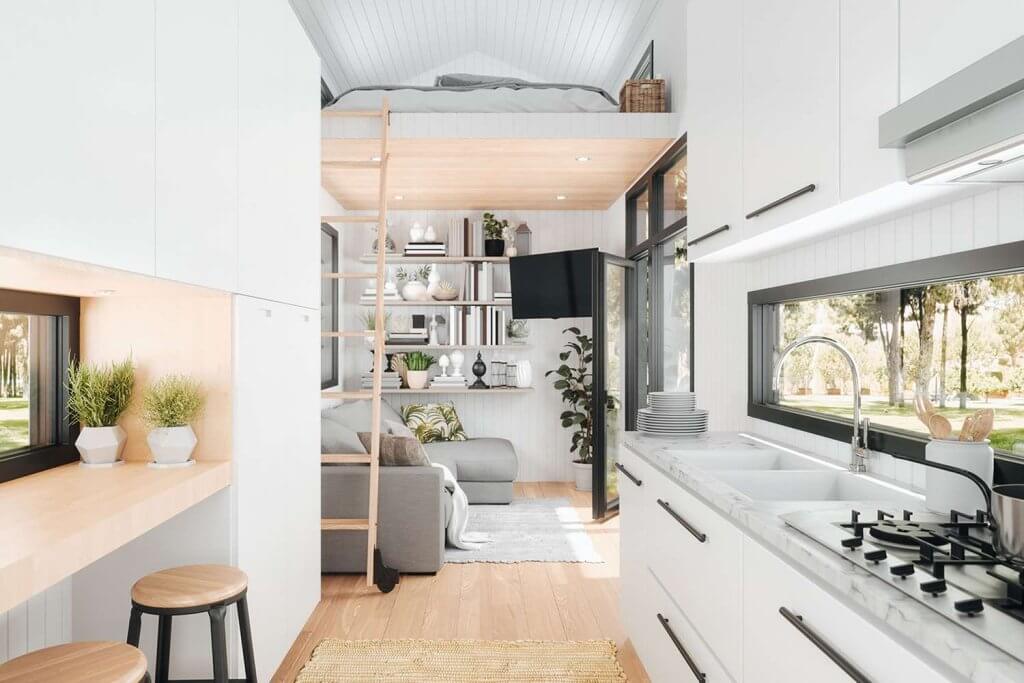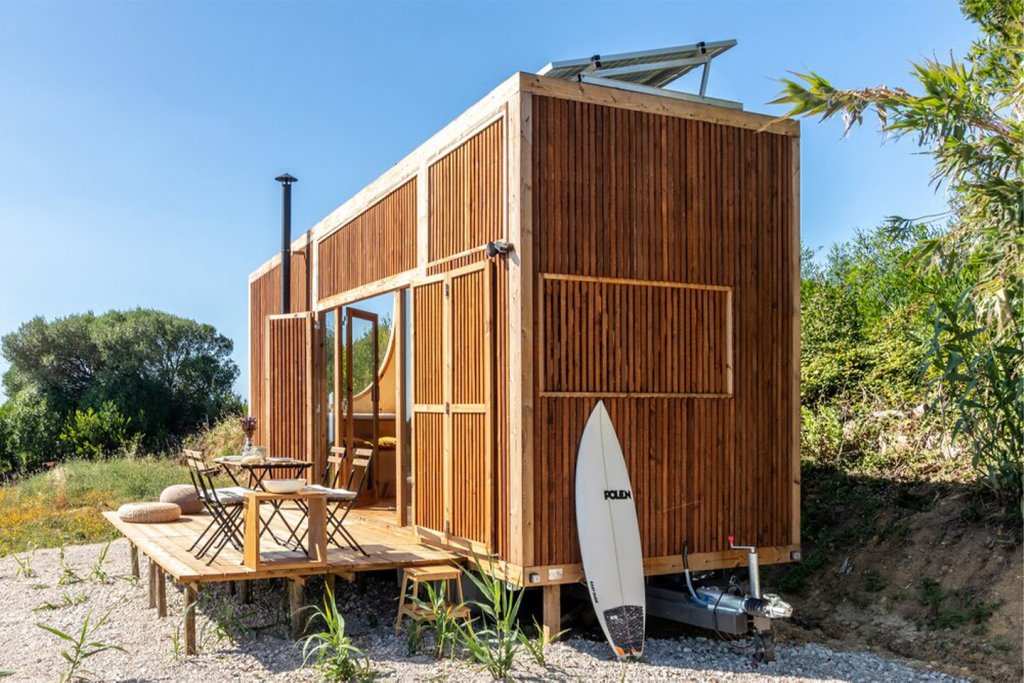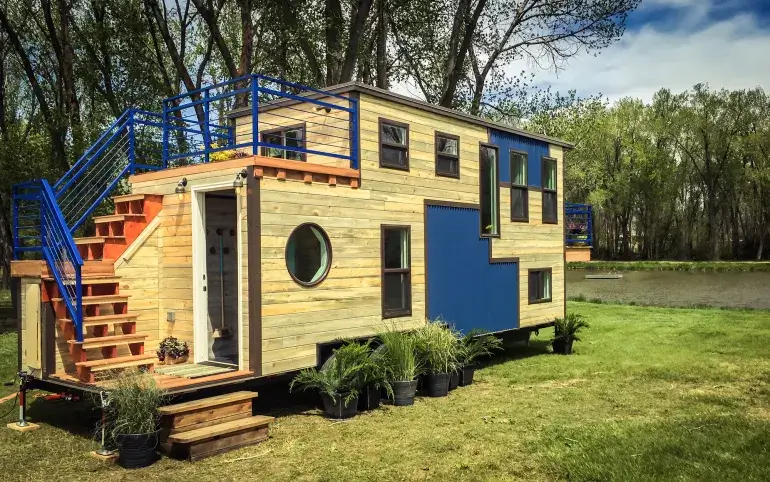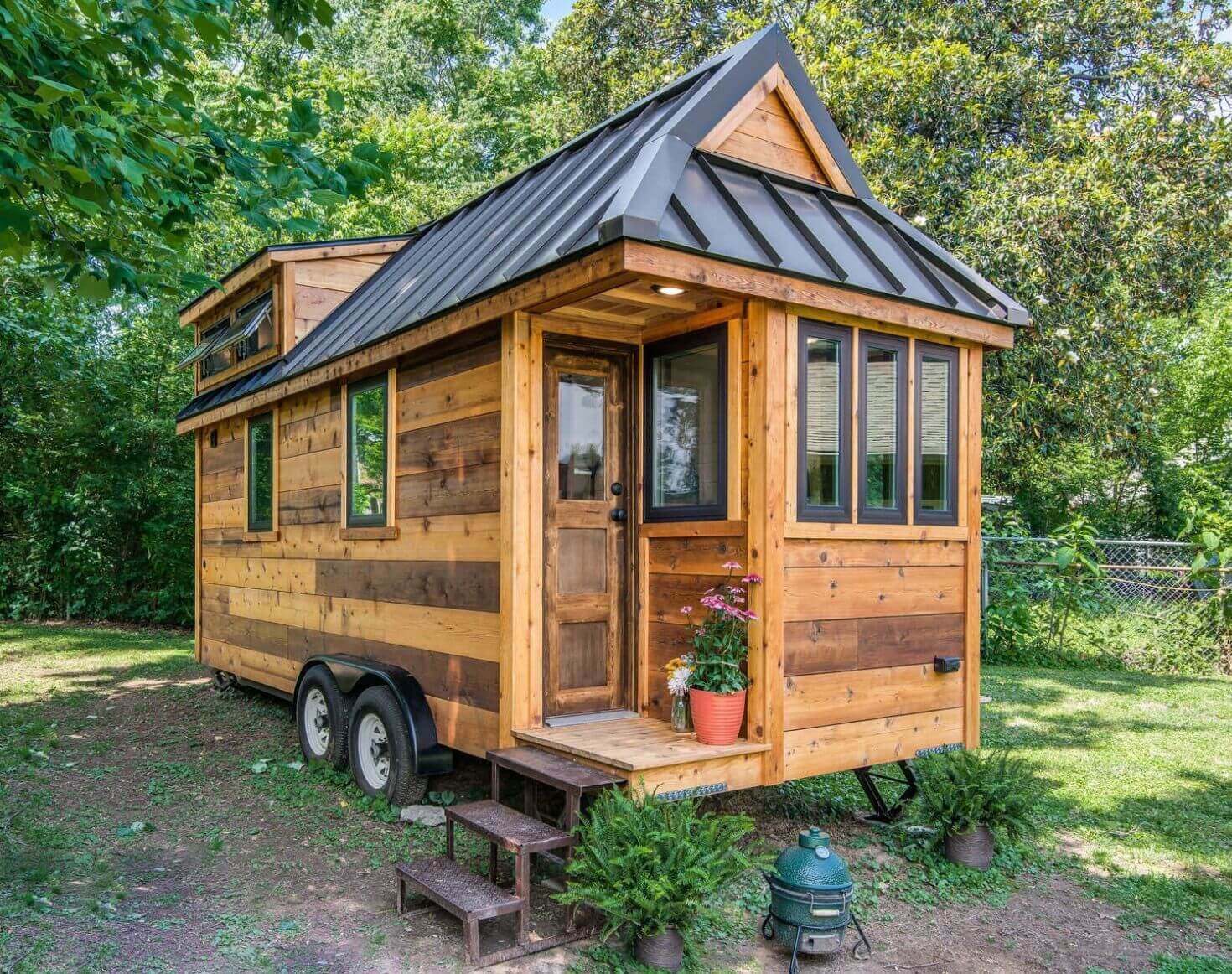In recent years, the tiny home movement has gained significant momentum, appealing to those seeking a simpler, more sustainable lifestyle. These small, efficient living spaces offer numerous benefits, including reduced environmental impact and lower costs.
However, one challenge often faced by tiny home dwellers is maximizing the use of limited space while ensuring a comfortable and healthy living environment. One crucial factor that can significantly enhance the quality of life in tiny homes is the effective use of natural light.
1. Enhancing the Perception of Space
 One of the primary benefits of natural light in tiny homes is its ability to create an illusion of more space. Natural light has a unique way of making small areas feel larger and more open. When sunlight floods a room, it reduces the feeling of confinement and makes the space appear more expansive.
One of the primary benefits of natural light in tiny homes is its ability to create an illusion of more space. Natural light has a unique way of making small areas feel larger and more open. When sunlight floods a room, it reduces the feeling of confinement and makes the space appear more expansive.
This is particularly important in tiny homes, where every square foot counts. By strategically placing custom windows, skylights, and glass doors, homeowners can allow natural light to penetrate deep into their living areas, creating a sense of openness and airiness that artificial lighting often fails to achieve.
This can be achieved by using glass bending techniques at the manufacturing stage to create aesthetically pleasing designs that can be applied to your tiny home and integrated into small spaces, allowing the flow of natural light into your small space.
2. Improving Mental and Physical Well-being
Exposure to natural light has been linked to numerous health benefits, both mental and physical. Natural light helps regulate the body’s circadian rhythms, which are essential for maintaining a healthy sleep-wake cycle. Adequate exposure to sunlight during the day can improve sleep quality, increase alertness, and enhance overall mood.
For tiny home dwellers, who may spend significant time indoors, ensuring access to natural light can help prevent feelings of claustrophobia and contribute to a positive and healthy living environment. Moreover, natural light is a vital source of vitamin D, which is crucial for bone health, immune function, and overall well-being.
In small living spaces where outdoor access may be limited, having ample natural light can help residents meet their daily vitamin D requirements and avoid deficiencies that can lead to health issues such as osteoporosis and weakened immunity.
3. Energy Efficiency and Sustainability
 Incorporating natural light into tiny home design is also a key factor in enhancing energy efficiency and sustainability. By maximizing the use of natural light, homeowners can reduce their reliance on artificial lighting, thereby decreasing energy consumption and lowering utility bills.
Incorporating natural light into tiny home design is also a key factor in enhancing energy efficiency and sustainability. By maximizing the use of natural light, homeowners can reduce their reliance on artificial lighting, thereby decreasing energy consumption and lowering utility bills.
This is particularly significant in tiny homes, where energy efficiency is often a primary goal. Properly placed windows and skylights can harness sunlight to illuminate living spaces during the day, minimizing the need for electric lighting and reducing the overall carbon footprint of the home.
Additionally, natural light can contribute to passive solar heating, helping to regulate indoor temperatures and reduce the need for heating systems. During colder months, sunlight streaming through windows can provide warmth, reducing the demand for artificial heating. In warmer months, strategically placed windows and shading devices can help control heat gain and keep the interior cool, further enhancing energy efficiency.
4. Aesthetic Appeal and Connection to Nature
 Natural light not only serves functional purposes but also enhances the aesthetic appeal of tiny homes. Sunlight brings out the true colors and textures of materials, creating a warm and inviting atmosphere. The play of light and shadow can add depth and dimension to small spaces, making them visually interesting and dynamic.
Natural light not only serves functional purposes but also enhances the aesthetic appeal of tiny homes. Sunlight brings out the true colors and textures of materials, creating a warm and inviting atmosphere. The play of light and shadow can add depth and dimension to small spaces, making them visually interesting and dynamic.
This aesthetic enhancement can significantly improve the overall living experience in tiny homes, making them feel more comfortable and enjoyable. Furthermore, natural light fosters a connection to the outdoors, which is especially valuable in compact living environments.
Large windows and glass doors can provide unobstructed views of the surrounding landscape, bringing the beauty of nature inside. This connection to the natural world can enhance the sense of freedom and well-being, counteracting the potential feeling of confinement in a small space.
Conclusion
Incorporating natural light into the design of tiny homes is essential for creating a spacious, healthy, and energy-efficient living environment. From enhancing the perception of space to improving mental and physical well-being, natural light offers numerous benefits that significantly enhance the quality of life for tiny home residents. By prioritizing natural light, tiny home dwellers can enjoy a more comfortable, sustainable, and aesthetically pleasing living space, truly making the most of their compact yet efficient homes.

